Filey Beach
Explore
Discover the stunning Fountains Abbey, a UNESCO World Heritage Site in North Yorkshire. Explore its medieval ruins, beautiful gardens, and historical exhibits. Visit this iconic landmark today!
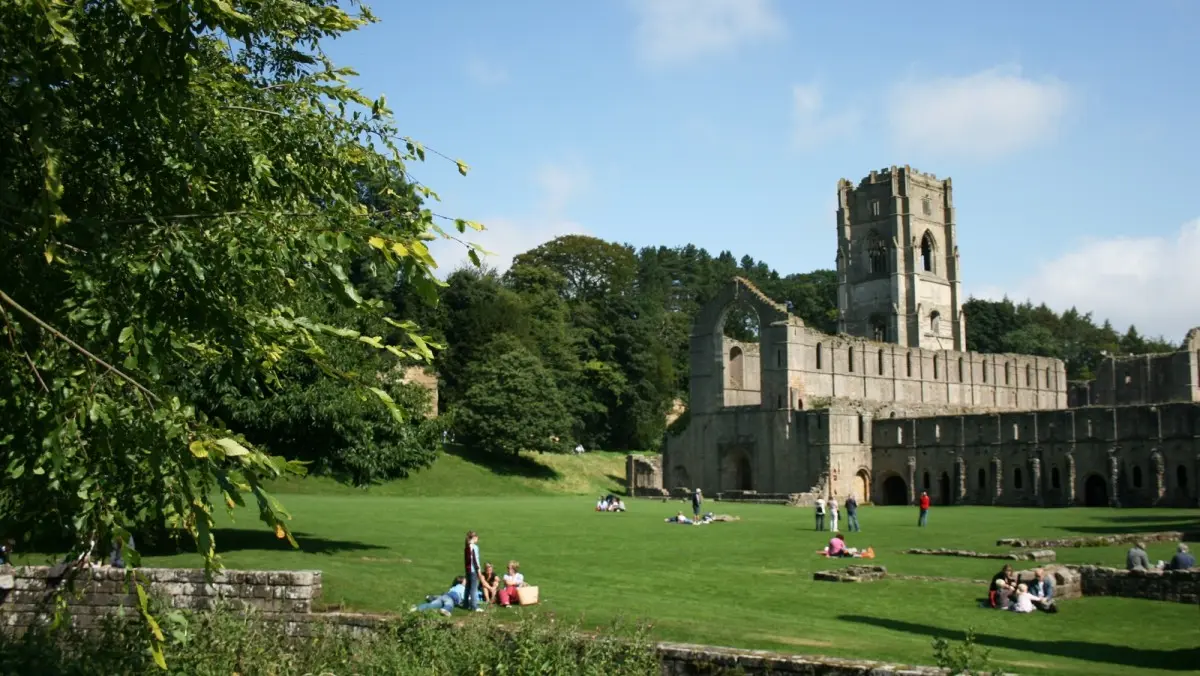
Nestled in the picturesque Yorkshire countryside, Fountains Abbey is one of the best-preserved and most impressive monastic ruins in England. Founded in 1132, this UNESCO World Heritage Site tells the story of the rise and fall of the Cistercian monks who once called it home. Surrounded by serene landscapes and rich history, Fountains Abbey offers a captivating experience for history enthusiasts and nature lovers alike.
Visitors can explore the stunning ruins, including the dramatic abbey church, vaulted cellarium, and secluded chapels, all set within the breathtaking Studley Royal Water Garden. The gardens, with their ornamental lakes, classical statues, and follies, are a masterpiece of 18th-century design and provide a tranquil escape. The deer park adds to the charm, offering a chance to spot wildlife amidst the estate's rolling hills and ancient trees.
Fountains Abbey is more than a historic site; it’s a place of beauty and inspiration. Whether you're delving into its fascinating past, enjoying a leisurely stroll through the gardens, or simply soaking in the peaceful atmosphere, this iconic destination is a highlight of any visit to North Yorkshire.
Explore the stunning ruins of one of England's largest Cistercian monasteries.
Wander through this beautifully landscaped garden with ornamental lakes, classical statues, and stunning vistas.
Discover why Fountains Abbey and Studley Royal Park are recognized for their cultural and historical significance.
Spot herds of deer roaming the lush parkland surrounding the abbey, a peaceful addition to your visit.
Visit the only surviving monastic mill in the UK, a fascinating glimpse into medieval industry.
Why not make a weekend of it? Explore Nearby Attractions. Scroll to zoom in or out on map.
Curious about Fountains Abbey? We've compiled answers to the most frequently asked questions to help you uncover the highlights and visitor essentials.
It was founded in 1132 by thirteen Benedictine monks seeking to follow a stricter observance of their rule.
The name "Fountains" derives from the Latin "Fons" or "Fontes", referring to the springs or water sources found on the site.
While many parts of the abbey ruins are accessible, some areas might be challenging due to uneven ground. It's recommended to check with the site's visitor centre for detailed accessibility information.
Yes, dogs are welcome in the estate's wider areas but must be kept on a short lead. However, they are not allowed in certain areas, such as the water garden.
Fountains Abbey is one of the largest and best-preserved Cistercian monastery ruins in England, located in North Yorkshire.
Make your trip unforgettable by exploring these nearby attractions during your visit.
 Filey
Filey
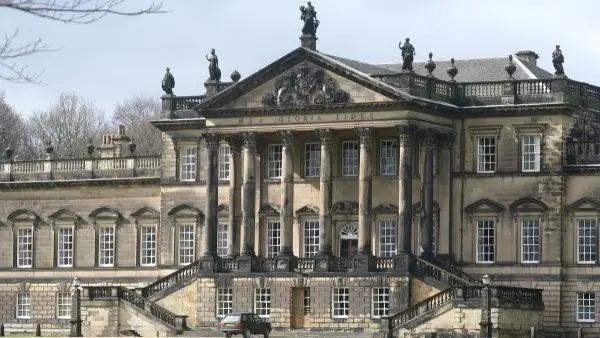 Rotherham
Rotherham
 Leeds
Leeds
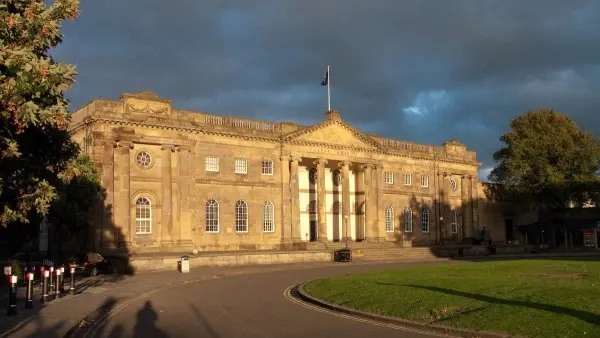 York
York
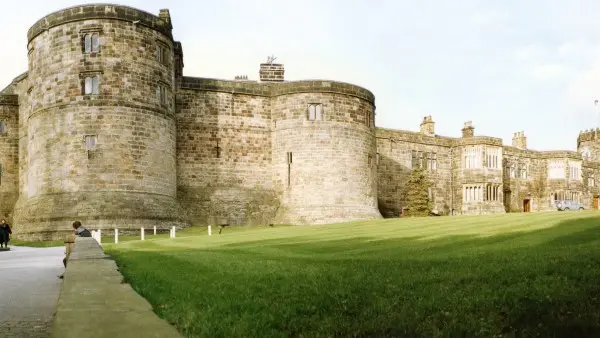 Skipton
Skipton
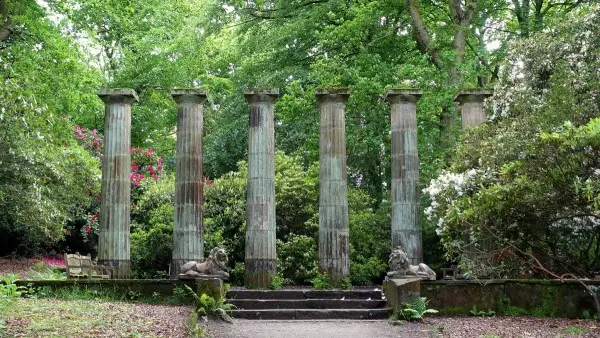 Harrogate
Harrogate
 Hull
Hull
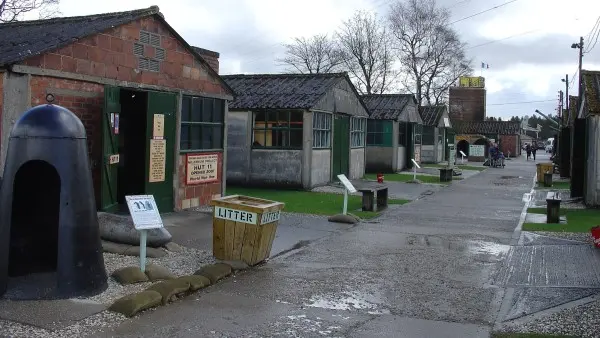 Malton
Malton
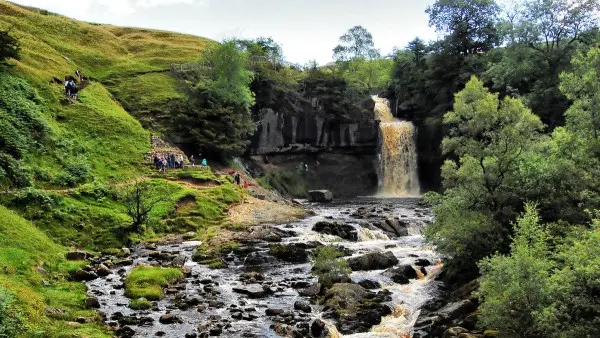 Ingleton
Ingleton
 Doncaster
Doncaster
 Goathland
Goathland
 Bridlington
Bridlington